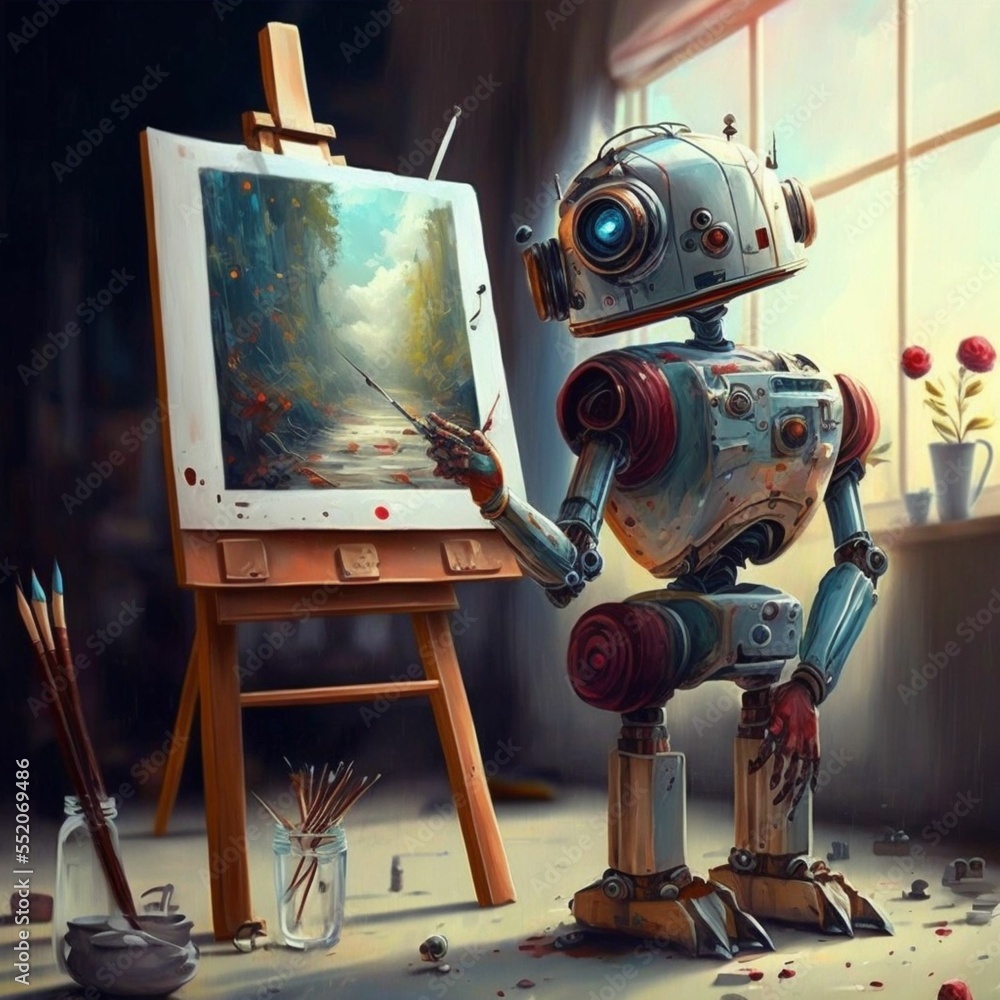Software painting, a cutting-edge fusion of engineering and artistry, has surfaced as a fascinating exploration into the number of choices of automated creativity. That innovative method involves the using automatic programs built with numerous methods and algorithms to generate visible artwork on canvases or other surfaces. As engineering remains to advance, musicians and designers are pressing the boundaries of what these mechanical artisans can achieve, offering a view into a future wherever robots contribute to the world of artistic expression.
At its core, robot painting introduces a unique dynamic to the artistic process. These robotic systems, often led by sophisticated algorithms and coding, bring a degree of accuracy and reliability to the canvas that’s both intriguing and novel. The resulting artworks reveal not only the specialized ability of the products but in addition the collaborative interplay between individual creativity and synthetic intelligence.
One of many distinguishing features of software painting is their ability to seamlessly combination the digital and bodily realms. Musicians can change complicated electronic styles into concrete paintings through the robotic arm’s accurate movements and managed request of paint. That bridging of worlds starts up new possibilities for creative experimentation, enabling makers to discover complex designs, complex details, and active compositions that could be complicated to accomplish manually.
Robot painters are not limited to a single type or technique. Their usefulness permits them to adapt to numerous artistic styles, from abstract expressionism to realism. The flexibleness of the machines empowers musicians to test out unusual methods and push the boundaries of standard imaginative norms, fostering a feeling of exploration and advancement within the creative process.
Beyond their specialized capabilities, software painters concern main-stream notions of authorship and creativity. The collaborative character of human-robot imaginative endeavors prompts contemplation in regards to the role of automation in the creative landscape. Questions develop regarding the nature of enthusiasm, intentionality, and the emotional resonance stuck in artworks when crafted by non-human entities.
Robot painting also intersects with discussions in regards to the democratization of art. As these products be much more available and user-friendly, they’ve the possible to allow people who may not have standard artistic education to engage in the creative process. The integration of robotics in to artwork galleries and educational adjustments could foster a more inclusive and varied artistic community, transcending standard barriers.
Experts and fans equally ponder the impact of robot painting on the art market. Can robot-generated artworks hold exactly the same ethnic and financial value as six axis robots developed by human hands? As these pieces obtain recognition and approval, the makeup of the art world may undergo transformation, prompting a reevaluation of how we see, value, and obtain imaginative creations.

In conclusion, software painting stands at the junction of technological invention and imaginative exploration. It represents a interesting part in the evolving plot of human-robot cooperation, offering a look in to a potential where the lines between individual and device imagination blur. As artists continue steadily to experiment with and improve these automatic techniques, the creative landscape probably will watch a profound evolution, complicated preconceived notions and striking new kinds of innovative expression.
